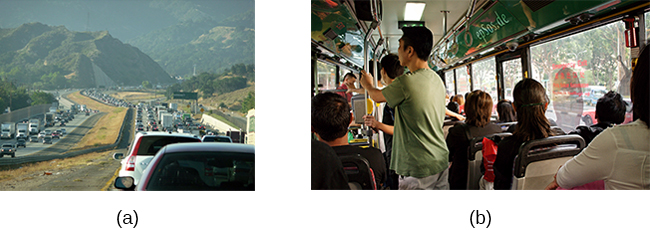| << Chapter < Page | Chapter >> Page > |
Go to this site to complete the SRRS scale and determine the total number of LCUs you have experienced over the last year.
The Holmes and Rahe Social Readjustment Rating Scale (SRRS) uses the correlational research method to identify the connection between stress and health. That is, respondents’ LCU scores are correlated with the number or frequency of self-reported symptoms indicating health problems. These correlations are typically positive—as LCU scores increase, the number of symptoms increase. Consider all the thousands of studies that have used this scale to correlate stress and illness symptoms: If you were to assign an average correlation coefficient to this body of research, what would be your best guess? How strong do you think the correlation coefficient would be? Why can’t the SRRS show a causal relationship between stress and illness? If it were possible to show causation, do you think stress causes illness or illness causes stress?
Potential stressors do not always involve major life events. Daily hassles —the minor irritations and annoyances that are part of our everyday lives (e.g., rush hour traffic, lost keys, obnoxious coworkers, inclement weather, arguments with friends or family)—can build on one another and leave us just as stressed as life change events ( [link] ) (Kanner, Coyne, Schaefer,&Lazarus, 1981).

Researchers have demonstrated that the frequency of daily hassles is actually a better predictor of both physical and psychological health than are life change units. In a well-known study of San Francisco residents, the frequency of daily hassles was found to be more strongly associated with physical health problems than were life change events (DeLongis, Coyne, Dakof, Folkman,&Lazarus, 1982). In addition, daily minor hassles, especially interpersonal conflicts, often lead to negative and distressed mood states (Bolger, DeLongis, Kessler,&Schilling, 1989). Cyber hassles that occur on social media may represent a new source of stress. In one investigation, undergraduates who, over a 10-week period, reported greater Facebook-induced stress (e.g., guilt or discomfort over rejecting friend requests and anger or sadness over being unfriended by another) experienced increased rates of upper respiratory infections, especially if they had larger social networks (Campisi et al., 2012). Clearly, daily hassles can add up and take a toll on us both emotionally and physically.
Stressors can include situations in which one is frequently exposed to challenging and unpleasant events, such as difficult, demanding, or unsafe working conditions. Although most jobs and occupations can at times be demanding, some are clearly more stressful than others ( [link] ). For example, most people would likely agree that a firefighter’s work is inherently more stressful than that of a florist. Equally likely, most would agree that jobs containing various unpleasant elements, such as those requiring exposure to loud noise (heavy equipment operator), constant harassment and threats of physical violence (prison guard), perpetual frustration (bus driver in a major city), or those mandating that an employee work alternating day and night shifts (hotel desk clerk), are much more demanding—and thus, more stressful—than those that do not contain such elements. [link] lists several occupations and some of the specific stressors associated with those occupations (Sulsky&Smith, 2005).

Notification Switch
Would you like to follow the 'Psychology' conversation and receive update notifications?